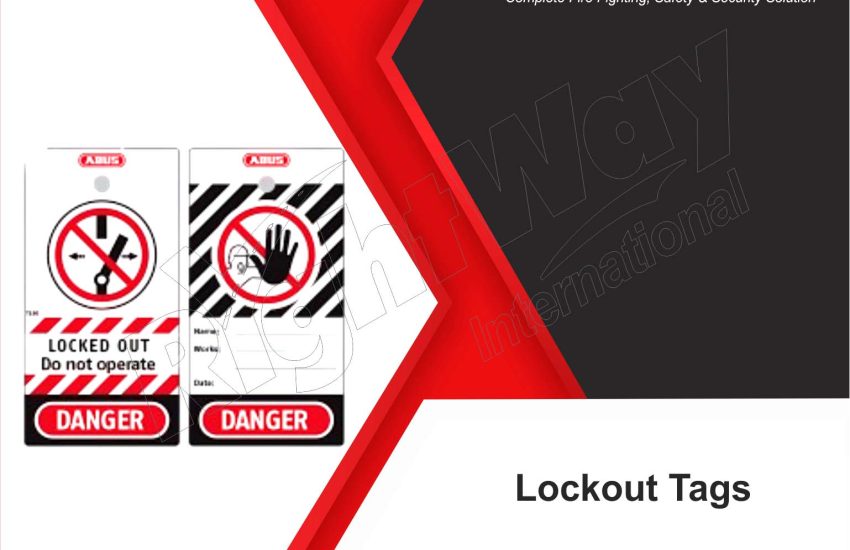Lockout Tags Uses Lockout tags are crucial safety devices that various industries use to communicate information about equipment locked out during maintenance or repair.They serve as visual warnings to prevent accidental re-energization of machinery, ensuring a safer working environment for employees.
What are Lockout Tag?
Lockout tags are brightly colored, durable labels attached to lockout devices, such as padlocks or lockout hasps. These tags provide vital information, including the identity of the person performing maintenance, the reason for the lockout, and the date and time of the lockout. By clearly indicating that equipment is not to be operated, lockout tags play a key role in preventing workplace accidents.
Importance of Lockout Tags in Safety Procedures
Enhancing Worker Safety
The primary purpose of lockout tags is to protect workers from electrical hazards. By indicating that workers have locked out equipment, lockout tags significantly reduce the risk of accidental energization, preventing injuries and fatalities.
Compliance with Regulations
Many industries are required to adhere to strict safety regulations, such as those outlined by OSHA. Implementing lockout/tagout (LOTO) procedures, which include the use of lockout tags, helps organizations comply with these regulations, avoiding fines and legal issues.
Improving Communication
Lockout tags improve communication among workers by providing clear, concise information about the status of equipment. This is especially important in environments where multiple employees may work on the same machinery.
Key Features of Effective Lockout Tags
Durability
Lockout tags should be made from durable materials that can withstand harsh environmental conditions, such as extreme temperatures, moisture, and chemicals. This ensures they remain legible and intact during the entire lockout period.
Visibility
Bright colors and large fonts enhance the visibility of lockout tags, making them easily recognizable from a distance. This visibility is crucial in preventing accidental operations.
Clear Information
Effective lockout tags should include spaces for essential information, such as the name of the authorized employee, the date, and the reason for the lockout. This clarity helps reinforce safety protocols.
Best Practices for Using Lockout Tags
Integrate Lockout Tags into a Comprehensive LOTO Program
Lockout tags should be a core component of a broader lockout/tagout program. Ensure all employees are trained on the proper use of lockout tags and the significance of LOTO procedures.
Conduct Regular Training and Refresher Courses
Regular training sessions can help keep employees informed about the latest safety practices and the importance of using lockout tags effectively.
Perform Routine Inspections
Conduct periodic inspections of lockout tags and devices to ensure they are in good condition and being used correctly. Replace any damaged tags immediately to maintain safety standards.
Promote a Culture of Safety
Encourage employees to prioritize safety and communicate any concerns related to lockout/tagout procedures. A proactive safety culture can significantly reduce workplace accidents.
Conclusion
Lockout Tags Uses Lockout tags serve as essential tools that ensure workplace safety in environments where workers maintain or repair machinery. By clearly communicating the status of equipment, lockout tags help protect workers from electrical hazards and ensure compliance with safety regulations. Implementing effective lockout/tagout procedures, including the use of durable and visible lockout tags, is vital for creating a safe and efficient workplace.


